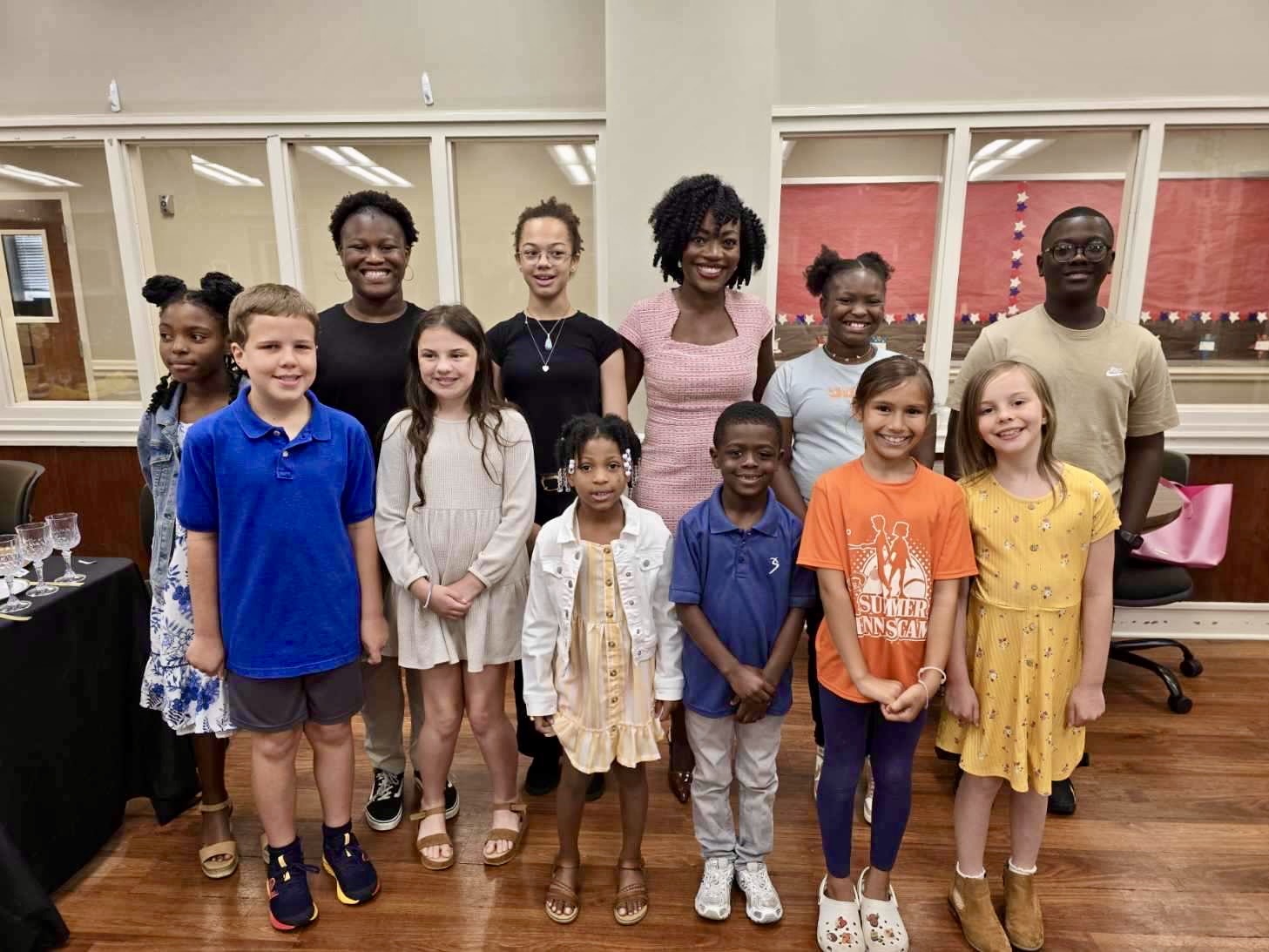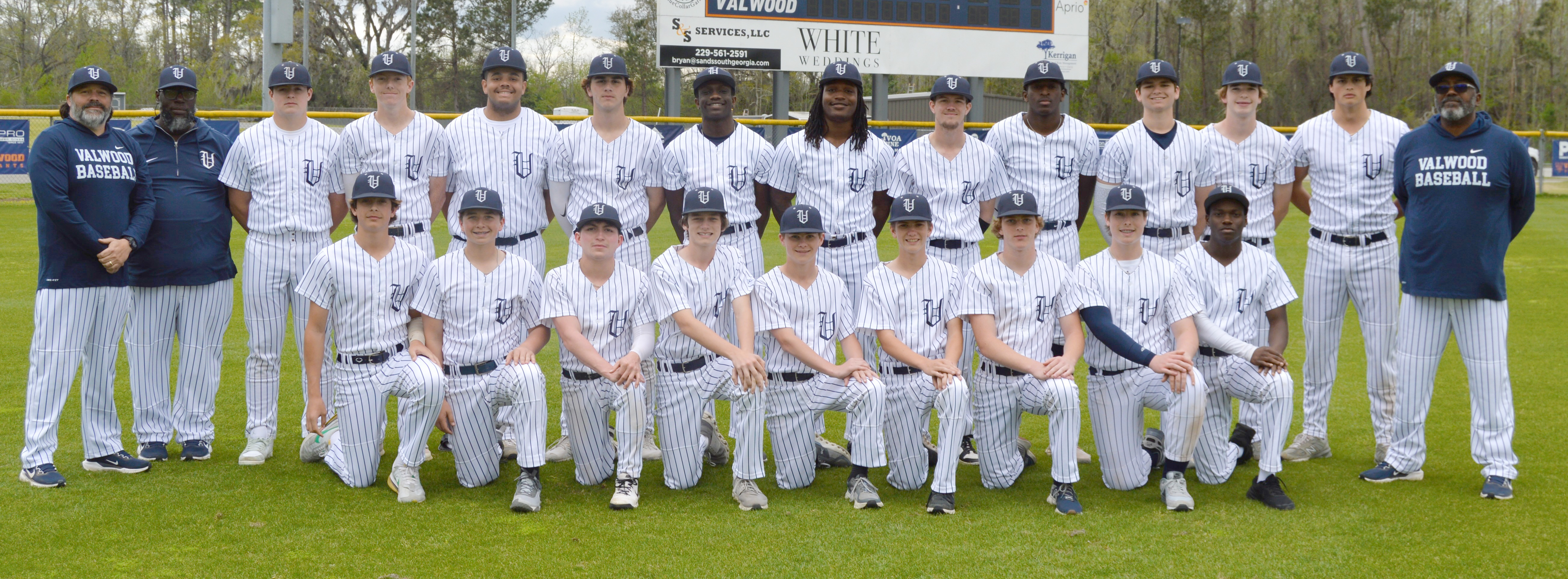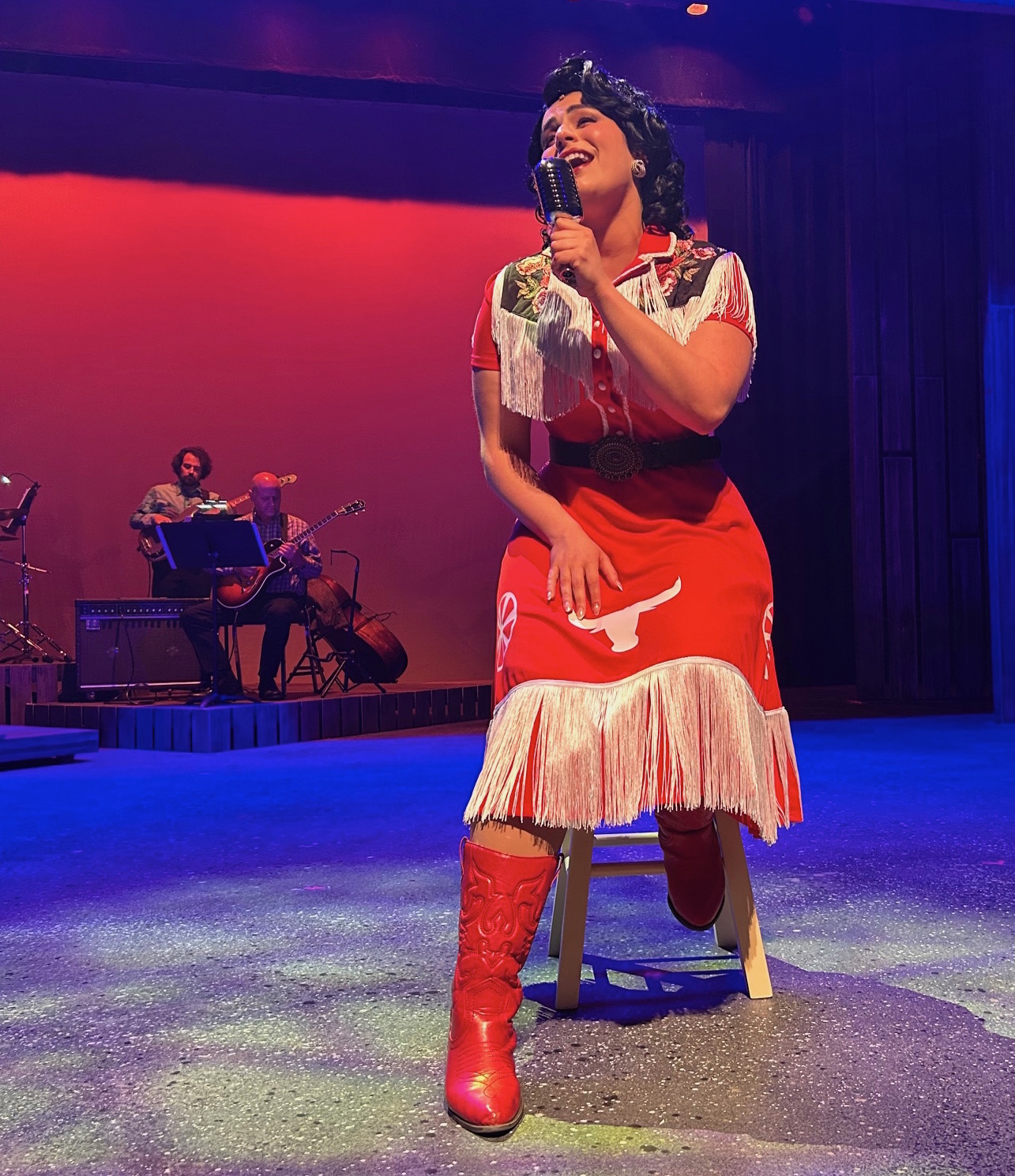FEATURE: BIRD TALK
Published 2:08 pm Tuesday, October 20, 2009
On the outskirts of town, nestled upon 12 acres of land is the home of Kitty Tolson Carroll, her husband Pete, and their 18 birds of prey.
The couple, who moved to Suwannee County in 2000 from Bradenton, make their living teaching game-hunting enthusiasts the art and sport of falconry. They own and operate the International Falconry Academy, through which they offer courses, workshops, outings and fields trips all focused on hunting with trained raptors.
“We have 18 birds of prey,” said Kitty, as she described her various breeds.
“There’s eight falcons, three owls, six hawks and one golden eagle,” she said. All raptors — save Scully — the couple’s brilliantly colored scarlet macaw, a parrot native to Central and South America.
“I’ve been practicing falconry since 1974,” said Kitty, a licensed master and Eagle Class falconer.
Kitty said her falconry interest was sparked years ago after reading “My Side of the Mountain,” a book by Jean Craighead George in which the main character, Sam Gribley, catches and raises a peregrine falcon named Frightful while living in the wilderness of the Catskills Mountains in upstate New York.
Year after year, Kitty and her husband load up their birds — each in its own mew, or bird enclosure — and hit the road. Unlike their birds, however, the Carrolls rarely travel light. Each roadtrip includes a hitched camper and cargo trailer hauled by two four-wheel drive diesels.
“We’re usually here in the winter months, from December to April,” said Kitty standing outside her home Thursday amongst her birds. Much like her winged children, she said, “we follow the weather.”
The Carrolls take their birds on demonstrations just about anywhere, usually north of Ocala, Kitty said.
On Thursday, several of the Carrolls’ birds put on a show for an eager audience of one.
First there was a kind “hello” from Scully the parrot. Then Mercedes, “the clumsy Harris’s Hawk of the bunch,” darted through the air somewhat crookedly before landing on the ground and embarking on a playful game of cat and mouse with Pete. Then out came Doc and Tabasco gliding through the air like trapeze artists before landing simultaneously on opposite ends of Kitty’s outspread arms.
A real show-stopper was Newton the barn owl, not because of any great trickery, but more for his striking snowy white underbelly and heart-shaped face with wing features laced in brown and tan.
For years the Carrolls have taken their birds to be a part of the Hogtown Festival in Alachua County. They’ve visited the North East Florida Scottish Highland Games, the Gulf Coast Renaissance Fair in Pensacola, the Bradford County Fair, the Bay Area Renaissance Festival in Tampa, Woodstock Fairs, and the Hebron Harvest Fair in Connecticut, just to mention a few.
“During hunting season (mid-fall to winter) we take each bird out a couple times a week to hunt,” Kitty said. “Our season starts the same time as gun season and lasts a bit longer.”
She said the birds can get lethargic if the weather is too hot, which is partly the reason why she and her husband decided to move to Suwannee County after a visit to Camp Weed in 1997.
“You actually have seasons here,” she laughed. “This is just enough warm weather to keep the birds acclimated to the heat.”
On the road, the birds are weighed everyday, Kitty said.
“It’s a very good indicator of their health. We feed our birds quail, mice, rodents, rabbits, a whole animal diet,” she explained as she took a meat cleaver to a frozen pheasant. “Each bird eats about a quarter and a half of food a day –that’s a rabbit or three mice each.”
Raising a bird of prey is no easy task, Kitty explained as she returned to the topic of falconry.
“That’s why not just anyone can be a falconer. It’s a two-year apprenticeship.”
While learning to man a bird, amateurs work solely with red-tailed hawks, she said. “We want to make sure that we have quality people practicing this sport.”
“To be a falconer you have to find a sponsor, convince them of your sincerity,” she smiled, “take a written exam, and then you enter a two-year apprenticeship.”
The sport of falconry is more than 4,000 years old, said Kitty with pride.
“Falconry may have started with the Mongolian and the Chinese through the silk trade and spread, like football and soccer today,” she added.
According to the Web site themodernapprentice.com, it’s speculated that falconry dates as far as back as 4000 to 6000 B.C. in Mongolia, Egypt and possibly Asia. The site states that falcons were given as presents to Chinese princes as early as 2200 BC, although those birds may have been for pets rather than as hunters.
Now, as the seasons begin to change and just after returning home from New England, Kitty says their next stop will be the Louisiana Renaissance Festival in Hammond, La.
For now, she, Pete and the birds are enjoying being back home among their nesting boxes and T-poles.
“People always ask at our shows and on our tours: ‘How do we stop the birds from eating the birds on our bird feeder?'” Kitty smirked. “You take down the bird feeder.”





